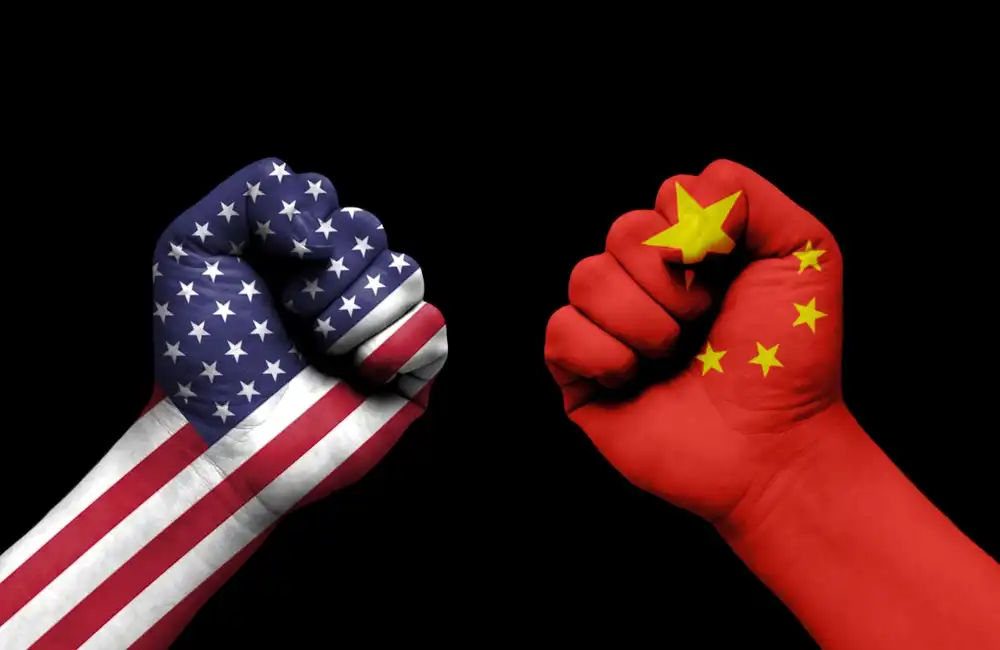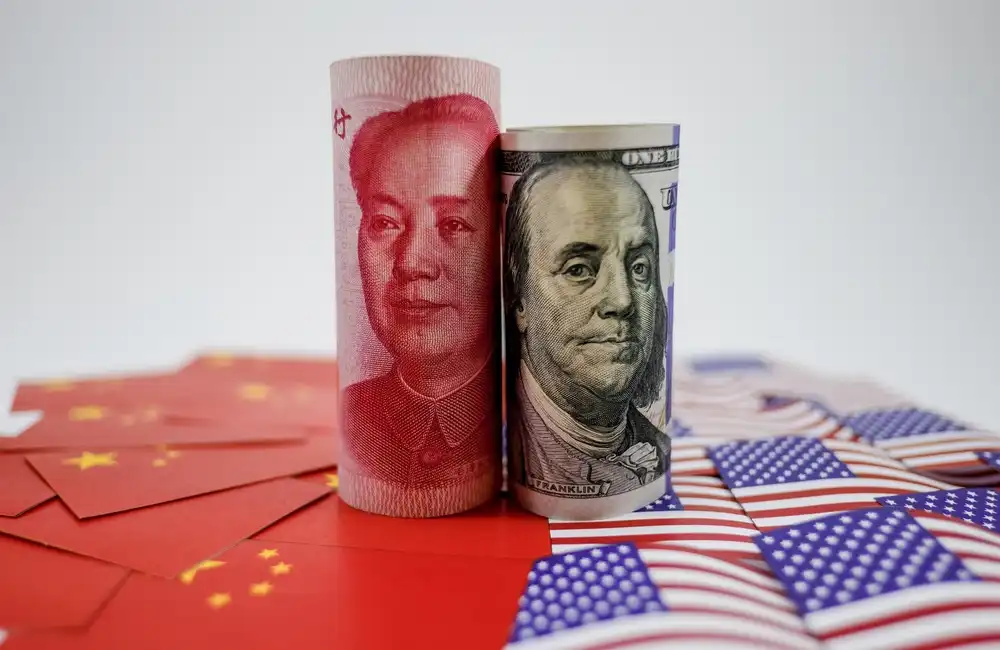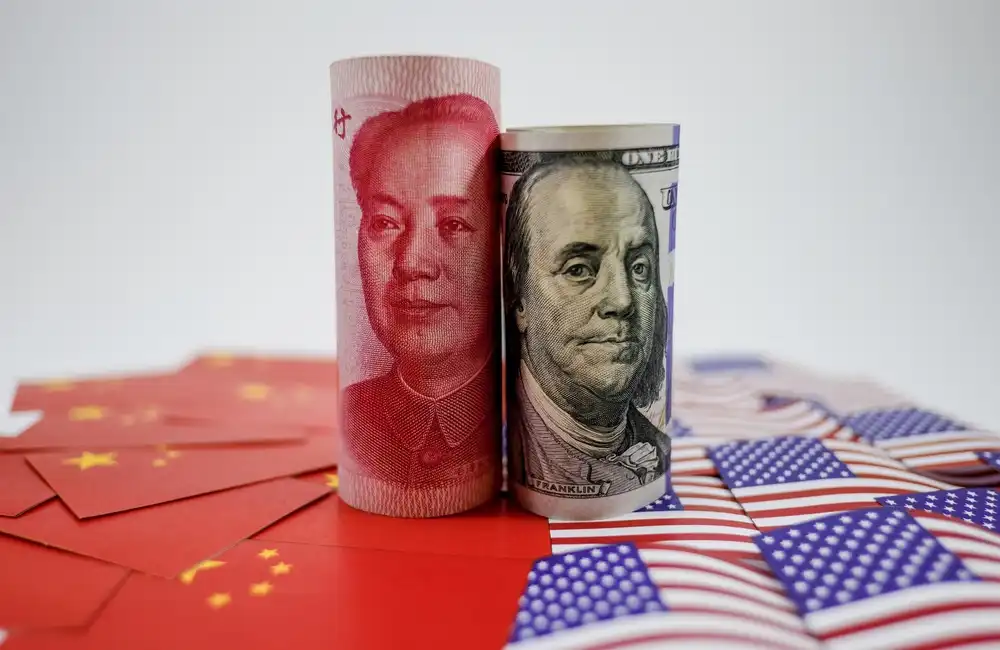The global economic landscape has been significantly shaped by the trade relationship between the two largest economies in the world, the United States and China.
Recently, the announcement of a tariff truce between these two nations has sparked discussions on its potential trade and economic implications. While the agreement signals progress in what has been an often-contentious relationship, its impact on global supply chains, businesses, and consumers remains a topic of intricate analysis and debate.
Understanding the Background of the Trade Dispute
The trade war between the US and China began in 2018 when the US introduced tariffs on Chinese imports, citing concerns about trade imbalances, intellectual property theft, and unfair trade practices. China retaliated, leading to a volley of tariffs that disrupted global commerce. By 2019, billions of dollars worth of goods were subject to higher import taxes on both sides, altering supply chains and creating economic uncertainty.
The tariff truce, agreed to as part of continued negotiations, aims to pause the escalation of duties and revisit strained trade relations with a view to promoting economic cooperation. Though not a definitive resolution to their differences, it offers an opportunity to recalibrate trade dynamics.
Key Sectors Affected by the Truce
Agriculture
- US Farmers: With China promising to either maintain or increase its agricultural imports from the US, American farmers have reason to hope for sales recovery in critical products like soybeans, pork, and corn. Previously, retaliatory tariffs severely hit their competitiveness in the Chinese market.
- Chinese Consumers: For China, the easing of restrictions could stabilise prices and secure a consistent supply of agricultural products, reducing domestic pressures on food inflation.
Technology
- Semiconductors: The tariff truce may alleviate supply constraints on semiconductors, an industry that has been impacted by restricted market access and heightened competition over technology dominance.
- Consumer Electronics: Businesses in both countries can expect reduced input costs and smoother supply chains in the short term, though the underlying battle for technological supremacy continues.
Manufacturing
The manufacturing sector stands to benefit from reduced cost pressures on equipment and raw materials subjected to tariffs. However, industries reliant on deeply entrenched supply chains, such as automotive and machinery, are expected to take longer to experience meaningful gains.
Retail
American retailers, especially those importing goods from China, may find the truce a welcome relief as decreased duties mitigate rising costs. This offers the potential to stabilise product pricing for consumers who have borne the brunt of tariff-induced price hikes.
Broader Economic Implications of the Truce
Stabilisation of Global Supply Chains
The last few years have seen widespread disruptions in supply chains due to tariffs, leading businesses to diversify suppliers or even relocate manufacturing. The truce could bring short-term predictability, though companies are likely to remain cautious before re-centralising operations.
Consumer Impact
The high tariffs imposed amidst the trade war translated into increased costs for end-users, as businesses passed them down. A truce creates the potential for cost reductions, easing burdens on households already grappling with inflation in both countries.
Investor Confidence
Global markets often respond positively to reduced tensions between economic powerhouses like the US and China. With a truce in place, investor sentiment may improve as financial markets gain confidence in a more stable outlook.
Emerging Markets
The ripple effects of the tariff truce reach beyond the US and China. Emerging markets reliant on trade with these nations may see renewed growth prospects as trade flows normalise and economic uncertainties recede.
Continued Geopolitical Ramifications
While the truce addresses trade tariffs, it does not address the broader geopolitical issues between the two nations. These unresolved tensions across technology, diplomacy, and security could resurface, casting shadows over the newfound trade détente.
Challenges Ahead for a Sustainable Resolution
- Trust Gap: Distrust between the US and China regarding compliance and commitment to agreements remains a roadblock for sustained cooperation.
- Structural Differences: The nations have deeply differing views on trade practices, intellectual property regulations, and state influence in business.
- Fragility of Agreements: The truce does not fully roll back existing tariffs, meaning businesses and consumers are still contending with elevated costs.
The Path Forward for Businesses and Policy-Makers
For businesses on both sides, the focus should be on adaptability and preparation for renewed uncertainty. Enterprises must continue to explore diversification, invest in supply chain resilience, and maintain operational agility to weather potential shifts.
For policy-makers, the tariff truce represents an opportunity to reframe the discourse and aim for holistic negotiations that provide a roadmap to address the deeply ingrained economic and geopolitical differences.
Final Thoughts
The US-China tariff truce marks a pivotal moment, offering both opportunity and reflection as trade tensions ease, if only temporarily. While the economic benefits of reduced tariffs are already being anticipated, this moment reminds us of the interconnectedness and vulnerability of global trade systems.
To truly harness the potential of this truce, businesses and leaders must remain proactive. By focusing on collaboration, innovation, and resilience, they can ensure sustainable growth amidst an uncertain yet evolving trade landscape.



















